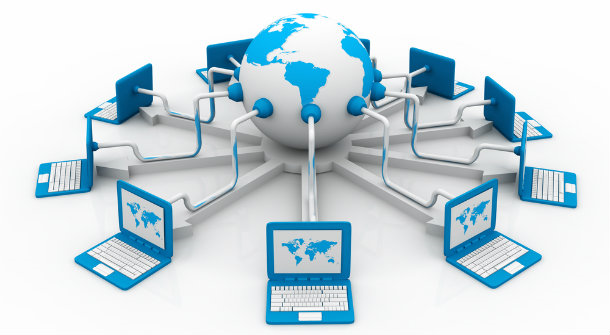Second Generation Networks
Second Generation Networks
Digital modulation formats were introduced in this generation with the main technology as TDMA/FDD and CDMA/FDD. The 2G systems introduced three popular TDMA standards and one popular CDMA standard in the market.
TDMA/FDD Standards
1. Global System for Mobile (GSM)
The GSM standard, introduced by Groupe Special Mobile, was aimed at designing a uniform pan-European mobile system. It was the first fully digital system utilizing the 900 MHz frequency band. The initial GSM had 200 KHz radio channels, 8 full-rate or 16 half-rate TDMA channels per carrier, encryption of speech, low speed data services and support for SMS for which it gained quick popularity.
2. Interim Standard 136 (IS-136)
It was popularly known as North American Digital Cellular (NADC) system. In this system, there were 3 full-rate TDMA users over each 30 KHz channel. The need of this system was mainly to increase the capacity over the earlier analog (AMPS) system.
3. Pacific Digital Cellular (PDC)
This standard was developed as the counterpart of NADC in Japan. The main advantage of this standard was its low transmission bit rate which led to its better spectrum utilization.
CDMA/FDD Standard
» Interim Standard 95 (IS-95)
The IS-95 standard, also popularly known as CDMA One, uses 64 orthogonally coded users and code words are transmitted simultaneously on each of 1.25 MHz channels. Certain services that have been standardized as a part of IS-95 standard are: short messaging service, slotted paging, over-the-air activation (meaning the mobile can be activated by the service provider without any third party intervention), enhanced mobile station identities etc.
» 2.5G Mobile Networks
In an effort to retrofit the 2G standards for compatibility with increased throughput rates to support modern Internet application, the new data centric standards were developed to be overlaid on 2G standards and this is known as 2.5G standard.
The main upgradation techniques are:
» supporting higher data rate transmission for web browsing
» supporting e-mail traffic
» enabling location-based mobile service
2.5G networks also brought into the market some popular application, a few of which are: Wireless Application Protocol (WAP), General Packet Radio Service (GPRS), High Speed Circuit Switched Dada (HSCSD), Enhanced Data rates for GSM Evolution (EDGE) etc.
